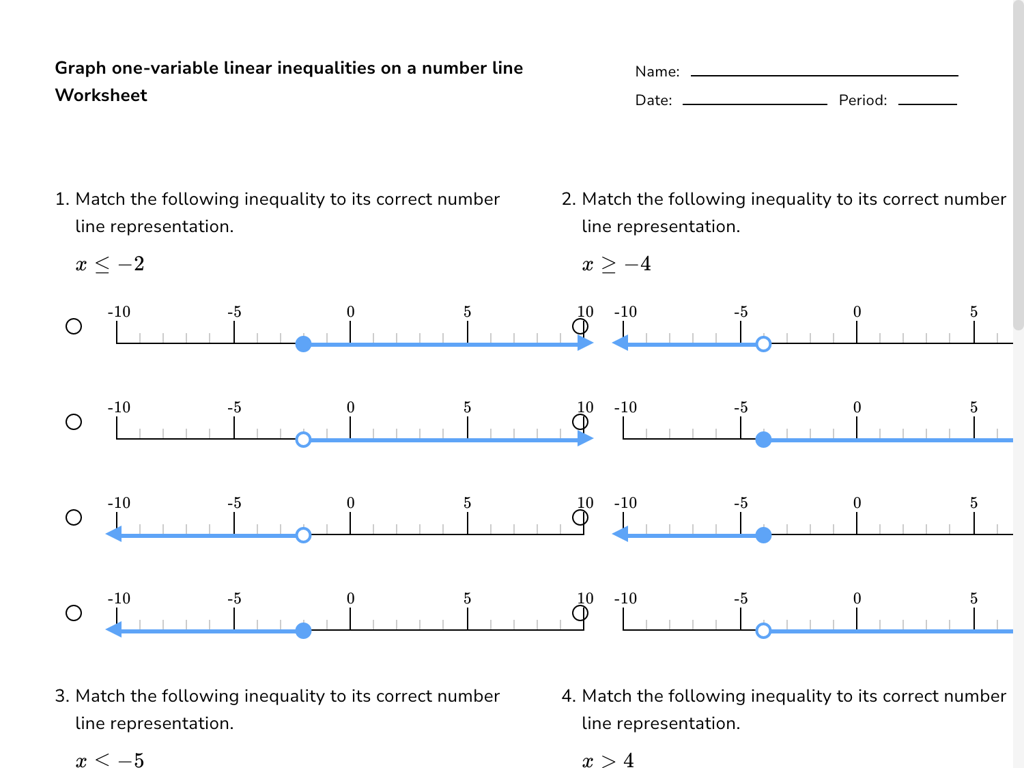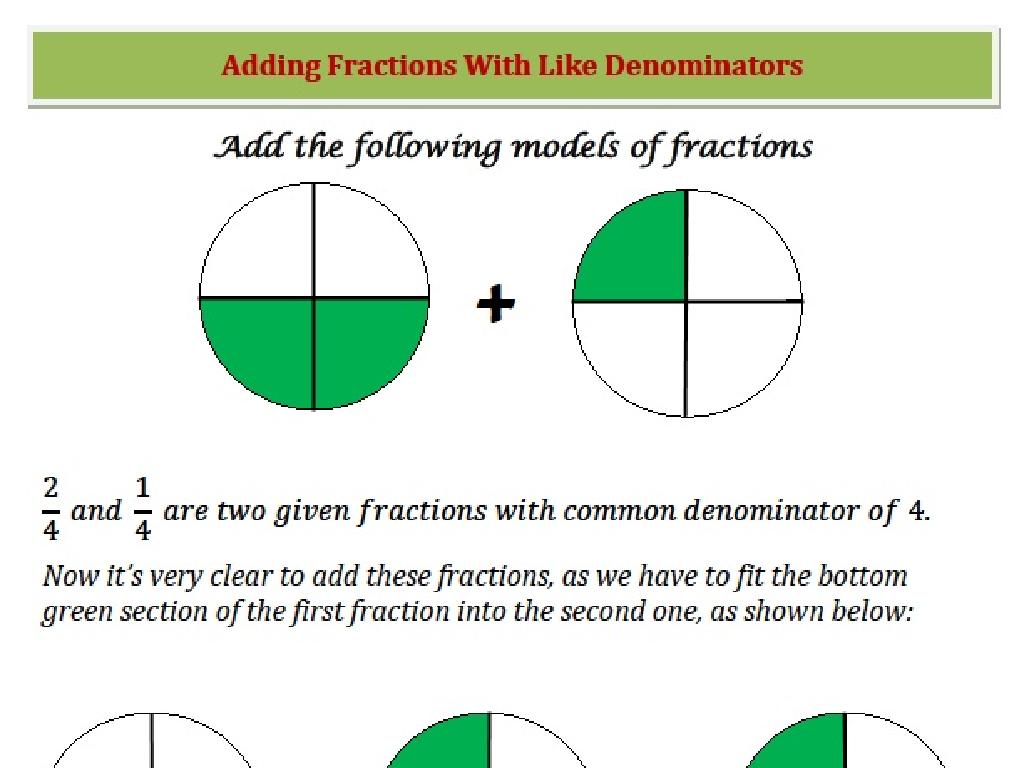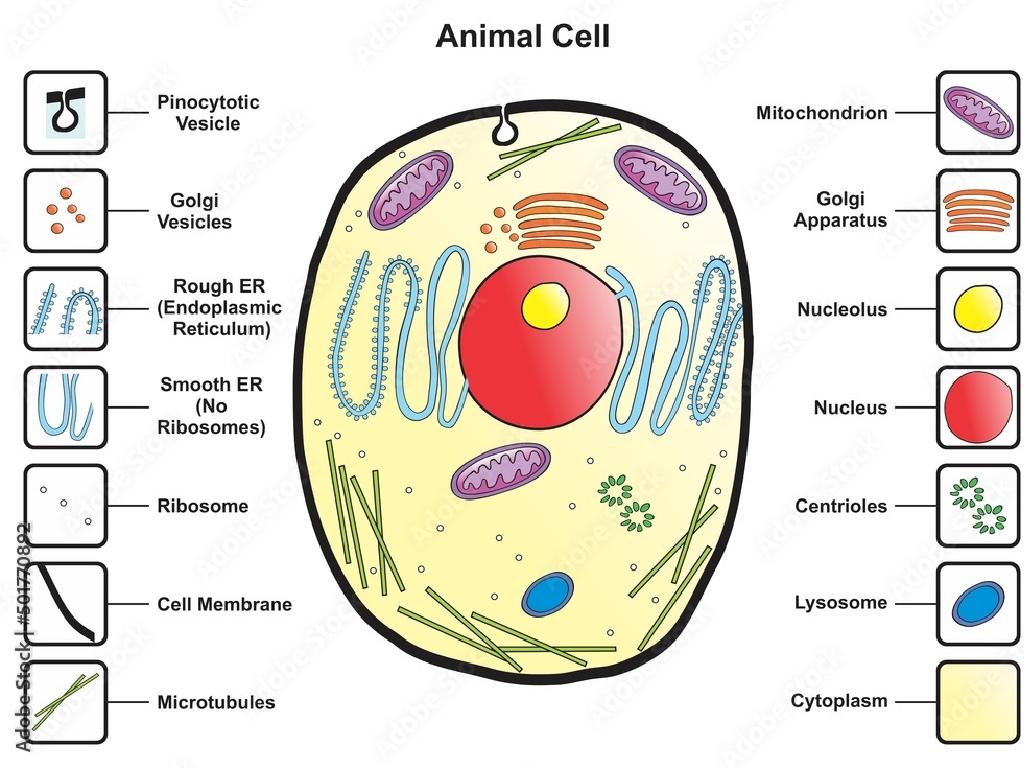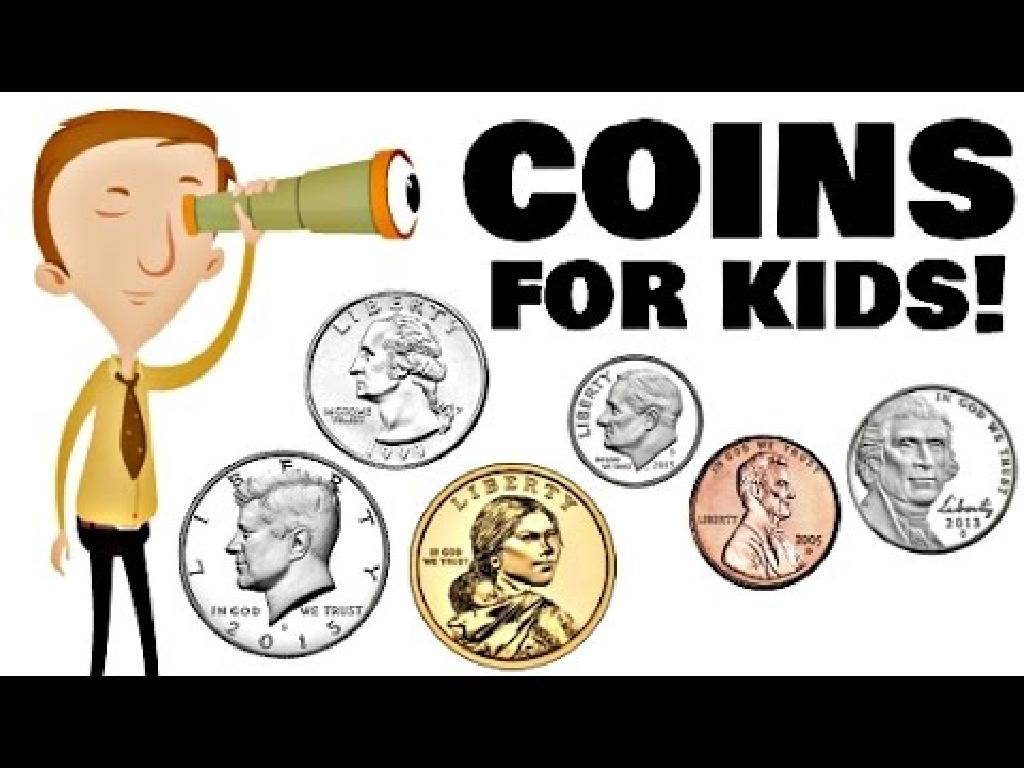Compare Sides And Corners
Subject: Math
Grade: Kindergarten
Topic: Two-Dimensional Shape Attributes
Please LOG IN to download the presentation. Access is available to registered users only.
View More Content
Welcome to Shapes: Sides and Corners
– Greet the class with a cheerful good morning!
– Today’s topic: Parts of shapes
– Shapes are all around us, like squares in windows
– Comparing sides of shapes
– Sides are the straight lines that make up a shape
– Exploring corners of shapes
– Corners are where two sides meet, like on a picture frame
|
This slide is designed to introduce Kindergarten students to the basic elements of two-dimensional shapes. Start the class with a warm greeting to create an inviting atmosphere. Explain that shapes have different parts, and today’s focus will be on understanding and comparing the sides and corners of various shapes. Use everyday examples to illustrate the concept of sides and corners, such as windows, doors, and picture frames. Encourage the children to observe and touch the sides and corners of objects in the classroom to reinforce the lesson. The goal is to make them familiar with these geometric concepts through observation and tactile learning.
Exploring Shapes: Sides and Corners
– Shapes are everywhere we look!
– A shape shows an object’s outline.
– Examples: circles, squares, triangles
– Circle: 0 sides, 0 corners; Square: 4 sides, 4 corners; Triangle: 3 sides, 3 corners
– Let’s count sides and corners!
– We’ll use blocks and drawings to learn.
|
This slide introduces the concept of shapes to Kindergarten students, emphasizing that shapes form the boundaries of objects. Start by pointing out shapes in the classroom to make the idea concrete. Explain that shapes can be defined by their outlines, and then introduce simple shapes like circles, squares, and triangles. Use physical objects like blocks and drawings to help students identify and count the number of sides and corners each shape has. This tactile and visual approach will help young learners grasp the concept of shapes and their attributes.
Learning About Sides of Shapes
– What are sides of a shape?
– Sides are the straight edges of a shape
– Squares have 4 equal sides
– Each side of a square is the same length
– Triangles have 3 sides
– A triangle has one less side than a square
|
This slide introduces the concept of sides as part of two-dimensional shapes. Begin by explaining that sides are the straight lines that outline the edges of a shape. Use physical examples like blocks or drawings to show that a square has four sides of equal length, making it perfect for teaching symmetry and equality. Then, compare it to a triangle, which has only three sides, to illustrate the difference in the number of sides. Encourage the children to count the sides of various shapes in the classroom or at home to reinforce the concept.
Learning About Corners
– What are corners?
– Corners are where two sides meet.
– Count corners of a square
– A square has 4 corners.
– Count corners of a triangle
– A triangle has 3 corners.
– Comparing corners
– How are they different or the same?
|
This slide introduces the concept of corners to Kindergarten students. Begin by explaining that corners are the points where two sides of a shape meet. Use visual aids like pictures of a square and a triangle to help students count the corners. Encourage the students to use their fingers to point and count the corners on the shapes. After counting, engage the students in a discussion about the differences and similarities in the number of corners between the two shapes. This activity will help students understand the basic properties of shapes and develop their counting skills.
Let’s Compare Shapes!
– Squares vs. Triangle sides
– A square has 4 equal sides, a triangle has 3.
– Counting corners together
– Let’s count: 1, 2, 3, 4 corners of a square and 1, 2, 3 for a triangle!
– Comparing sides and corners
– Does a square have more sides or a triangle? What about corners?
– Discovering shapes’ properties
|
This slide is aimed at helping Kindergarten students understand the basic differences between squares and triangles by comparing their sides and corners. Start by showing them a square and a triangle and discussing the number of sides each shape has. Then, engage the students in a fun counting activity where they count the corners of each shape aloud together. Ask guiding questions to help them determine which shape has more sides and which has more corners, reinforcing their counting and comparison skills. Encourage the students to touch and count the sides and corners of physical shape cutouts to enhance their tactile learning.
Fun With Shapes: Building and Creating
– Shapes are fun to play with
– Build things using shapes
– Use blocks or paper shapes to construct
– Shapes make up many objects
– A house is made of squares and triangles
– Share what you can create
– Draw or bring a shape creation to class
|
This slide is designed to engage Kindergarten students in the concept of geometry by recognizing that shapes are not just academic concepts but also building blocks of the world around them. Encourage the students to play with physical shapes like blocks or cut-outs to create familiar objects. Highlight how different shapes combine to form items they see every day, such as houses, tables, or their favorite toys. Ask them to think about what they can make with shapes and to be ready to share their creations in the next class. This activity will help them understand the practical application of shapes and foster creativity.
Shape Hunt Activity
– Let’s search for shapes in class
– Match objects to shapes we know
– Count sides and corners on each
– For example, a book is a rectangle. How many sides and corners does it have?
– Share your findings with friends
|
This interactive activity is designed to help Kindergarten students apply their knowledge of two-dimensional shapes by exploring their environment. Encourage the children to look around the classroom and find items that resemble the shapes they’ve learned about, such as circles, squares, rectangles, and triangles. Guide them to count the sides and corners of each object they find and discuss whether the number of sides and corners helps to identify the shape. After the hunt, gather the students and let them present their findings, reinforcing their understanding of shapes and their attributes. Provide assistance as needed and ensure that each child gets a chance to participate and share.
Shape Hunt Recap: Sides and Corners
– Celebrating our shape hunt
– Learning about sides and corners
– Sides are the straight lines, corners are points where sides meet
– Shapes are all around us
– Look around to find shapes in the world
– Have fun with shapes every day
|
Well done to all the students for participating in the shape hunt activity! Today, we’ve explored the fundamental aspects of geometry by learning about the sides and corners of various shapes. It’s important to reinforce the idea that shapes are not just concepts we learn in class, but they are also a part of our daily lives. Encourage the children to keep observing and identifying shapes around them, whether at home, in the park, or on their way to school. This will help them appreciate geometry and its practical applications. Keep the learning experience enjoyable by reminding them that discovering shapes can be a fun and interactive process.






